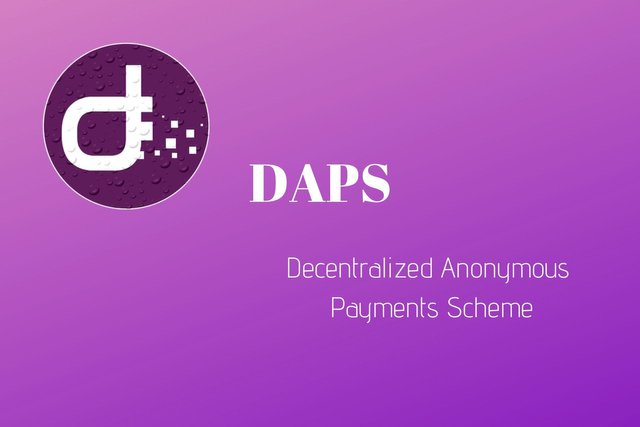DAPS Coin: Redefining Privacy In Blockchain-based Transactions With a Hybrid Consensus Model
[img] [/img]
[/img]
Although the advent of blockchain technology has brought a major revolution in instant and low-cost global payments, a majority of the public blockchain networks fail to address the issue of privacy.
As the blockchain industry has matured over the last decade, a number of privacy blockchain projects have come to users’ rescue offering an additional layer of privacy along with security and scalability.
The Decentralized Anonymous Payments Scheme (DAPS) is a privacy blockchain network featuring a payment system with a trustless governance structure. Drawing an inference from the existing privacy token projects like Monero and PIVX, the DAPS protocol offers a completely anonymous staking coin.
DAPS Coin: A Hybrid Cryptocurrency Offering Complete Privacy
The DAPS coin is the first-of-its-kind digital currency having a hybrid consensus model that combines the elements of staking and masternodes in the Proof-of-stake (PoS) model along with the Proof-of-Audit (PoA) miners.
The DAPS protocol combines all three elements (PoW-PoS-PoA) to create a fully private blockchain network thereby offering completely anonymous transactions.
To process the transactions, the DAPS protocol uses stealth addresses which completely masks the sender or the receiver information in addition to the amount within the transaction.
In its hybrid consensus algorithm, the DAPS coin is the first PoS cryptocurrency to completely merge the concepts of BulletProofs, RingCT, and Ring Signatures. Thus, the DAPS blockchain network can simultaneously stake the DAPS coins, run a masternode, as well mine the PoA blocks.
DAPS Coin: Addressing the Trust Issue
To establish a completely trustless blockchain infrastructure, a third-party should ensure the supply of coins and ensure that the nodes aren’t used for any malicious activities. But this also means that you are the mercy of the honest nodes in a network who will prevent any malicious actions.
In the Masternodes-based blockchain network, the masternodes are responsible for network governance taking care of network inflation, coin supply, and other things. For other privacy blockchain networks using zk-SNARKS, your information will be exposed to a small group of members who will be controlling the network.
This creates a type of “trust issue” wherein the network “administrators” control the entire working of the network. The DAPS protocol leverages the Proof-of-Audit (PoA) to solve this Trust Problem.
The DAPS blockchain network consists of different block types in a single network.
The first 500 blocks are PoW blocks mined by the DAPS foundation to create the initial supply.
Thereafter from 501st block, the DAPS blockchain consists of a mix of both PoS and PoA blocks. The PoS blocks are minted through staking nodes that verify transactions done by the DAPS blockchain users. The PoS block is created every single minute.
The PoA blocks are then mined by external actors which audit that the system has been working fine as per the specified rules. One PoA block audits a minimum of 59 PoS blocks for the correctness. Note that the PoA blocks have a 1-hour block-time. The PoA miners are then rewarded for continuously auditing the system.
DAPS Roadmap
After the launch of the DAPS main net last September 2019, the developers are working on bringing further advancements to the DAPS blockchain network.
The DAPS protocol V1.0.5 release features both – multisig and monosig wallets. The developers are currently working on new upgrades and advancements to its wallet. Furthermore, the team is actively exploring some hardware wallet solutions that can integrate seamlessly with DAPS.
The major projects on the DAPS ecosystem scheduled for 2020 include community revamps, developer programs, and introduction to hardware wallets.
Read more about DAPS –> https://cryptoshib.com/daps/
Source - https://cryptoshib.com/daps-redefining-privacy-in-blockchain/